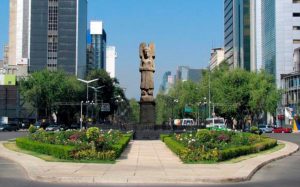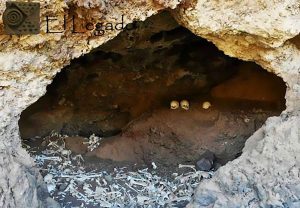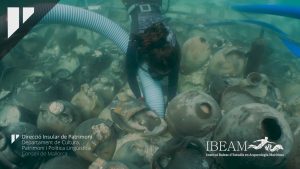Astonished scientists have unearthed a bizarre 150-kilo Mayan penis statue carved from stone during an archaeological dig in Mexico.
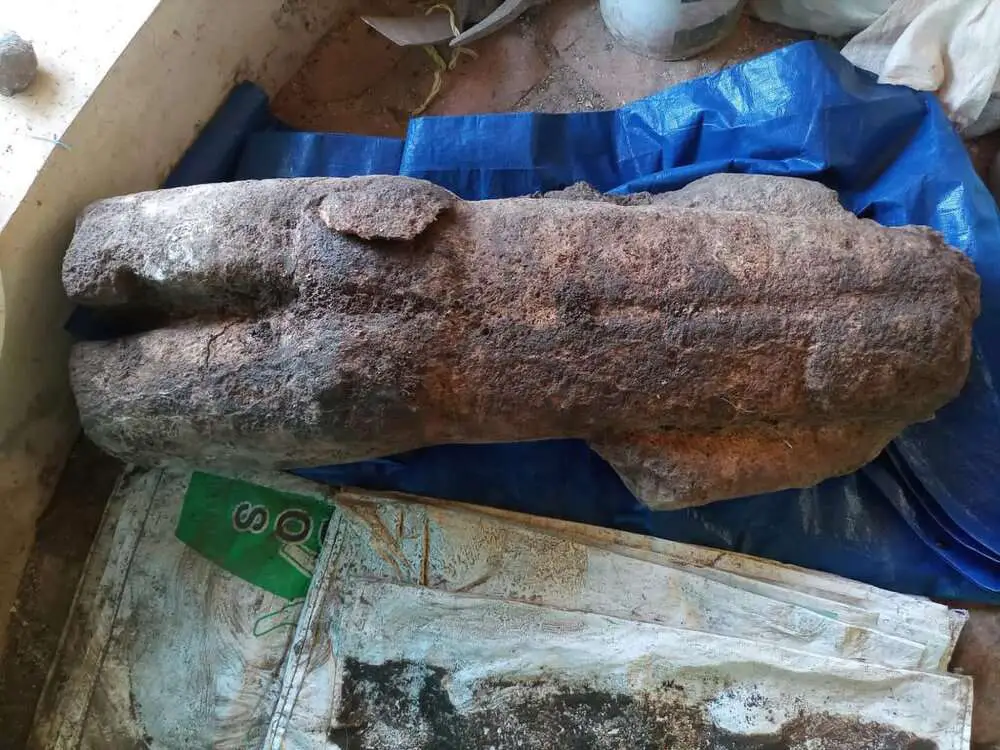
The statue – around the size of a small man – shows a giant phallus shape on one side and a human figure on the other.
Experts say the statue dates back to the Late Classic period (AD 750-900) and was probably used as a fertility totem.
It was discovered during a dig at Oxkintok which is a pre-Columbian Maya archaeological site in the Puuc region of Yucatan state, in southeastern Mexico.
Experts from the Program for the Improvement of Archaeological Zones (Promeza) – which discovered the figure – say it was probably linked to agricultural fertility.
Archaeologist Luis Pantoja Diaz – from the INAH Yucatán Center and director of the Oxkintok project – said in a statement obtained by Newflash: “On the front side, there is a naked man, with disproportionate anatomical features that lengthen his torso and give his abdomen a flaccid appearance.
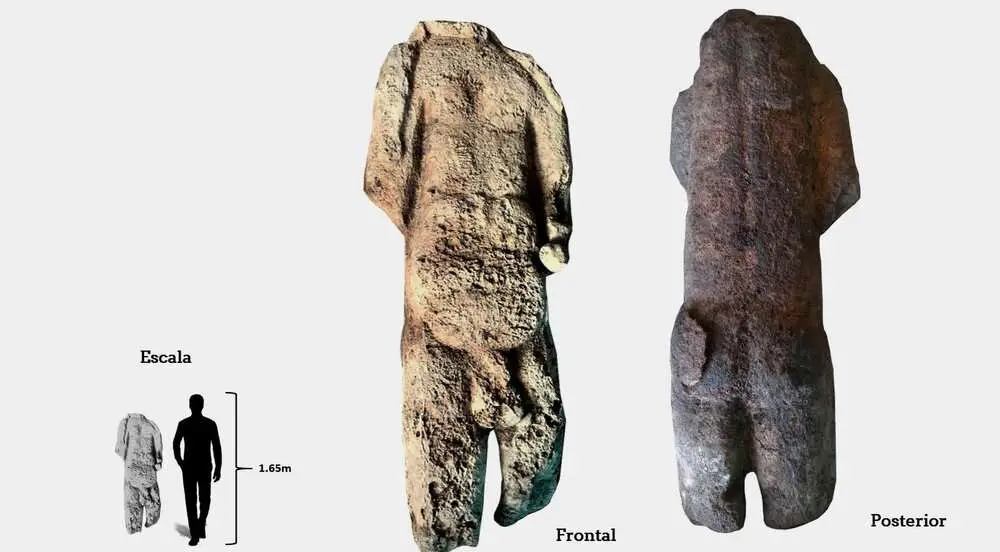
“And on the back, the representation of a phallus, where the individual’s buttocks can be interpreted as the testicles, and two corners at shoulder height resemble a glans.”
The statue is 1.35 metres (4.42 feet) in height and 53 cm (20.8 in) in width with a thickness of 25 cm (9.8 in), and it will now go on exhibition at the collection of the Puuc Route Museum, which is being built in the Kabah Archaeological Zone.
Pantoja Diaz points out that the piece cannot be associated with any ancient god because it does not present distinguishable superhuman attributes.
He added: “The erosion of the material only allows us to interpret it as a decapitated human figure, from whose shoulders a snake seems to hang.”
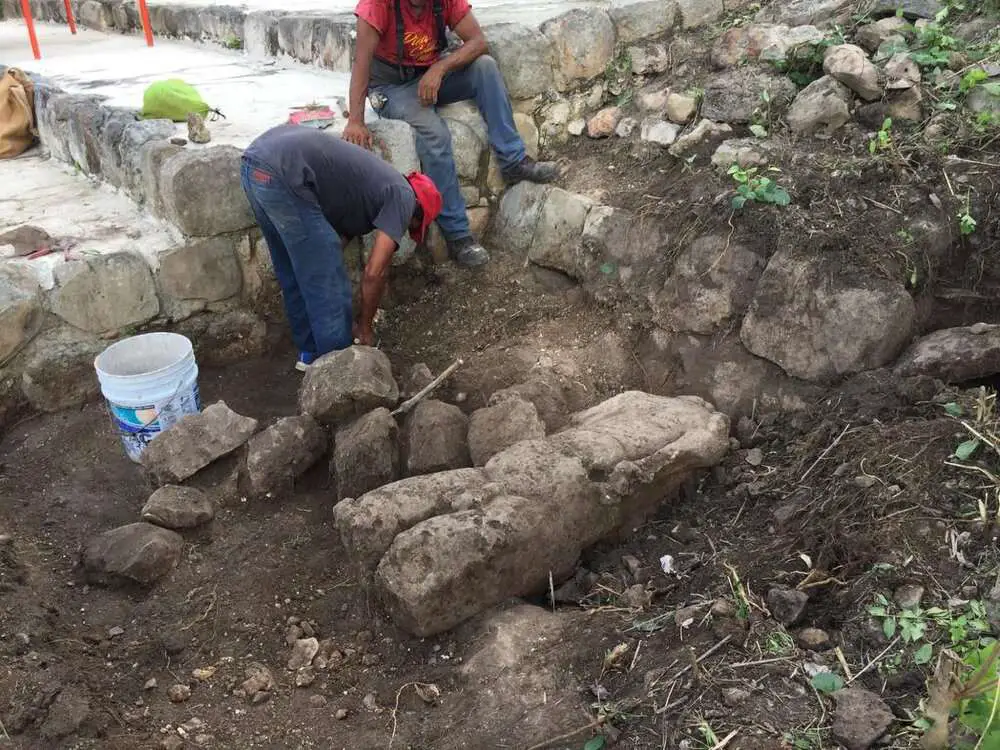
Since the missing elements of the head and feet were not found, he points out, it is clear that the sculpture was ‘ritually killed’ (intentionally broken), perhaps to mark the end of its cycle or associate it with the renovation or abandonment of the space where it was discovered.

